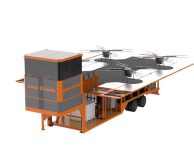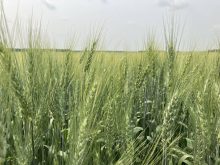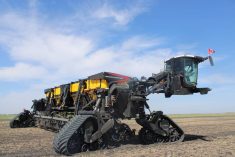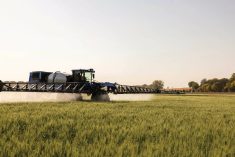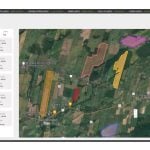Glacier FarmMedia — A pint-sized robot is set to undergo wider field trials next year in Ontario corn crops. At only 24 inches wide, the robot is designed to travel between 30-inch corn rows in crops and apply in-season fertilizer. With a number of them working 24 hours a day in groups called swarms, they could cover a lot of acres.
“This guy’s name is Beethoven,” Jana Tian, CEO and cofounder of Upside Robotics, said as she knelt beside the demonstration model in a field at Canada’s Outdoor Farm Show at Woodstock, Ont. in September.
“We designed it this year to essentially apply nitrogen on a continuous basis on corn fields and do many split applications. That way we can reduce a lot of fertilizer without impacting the yield. Because today, with how it’s applied very early in the season, a lot gets washed away or vaporized. What we do is look at the crop needs and fertilize depending on that.
Read Also
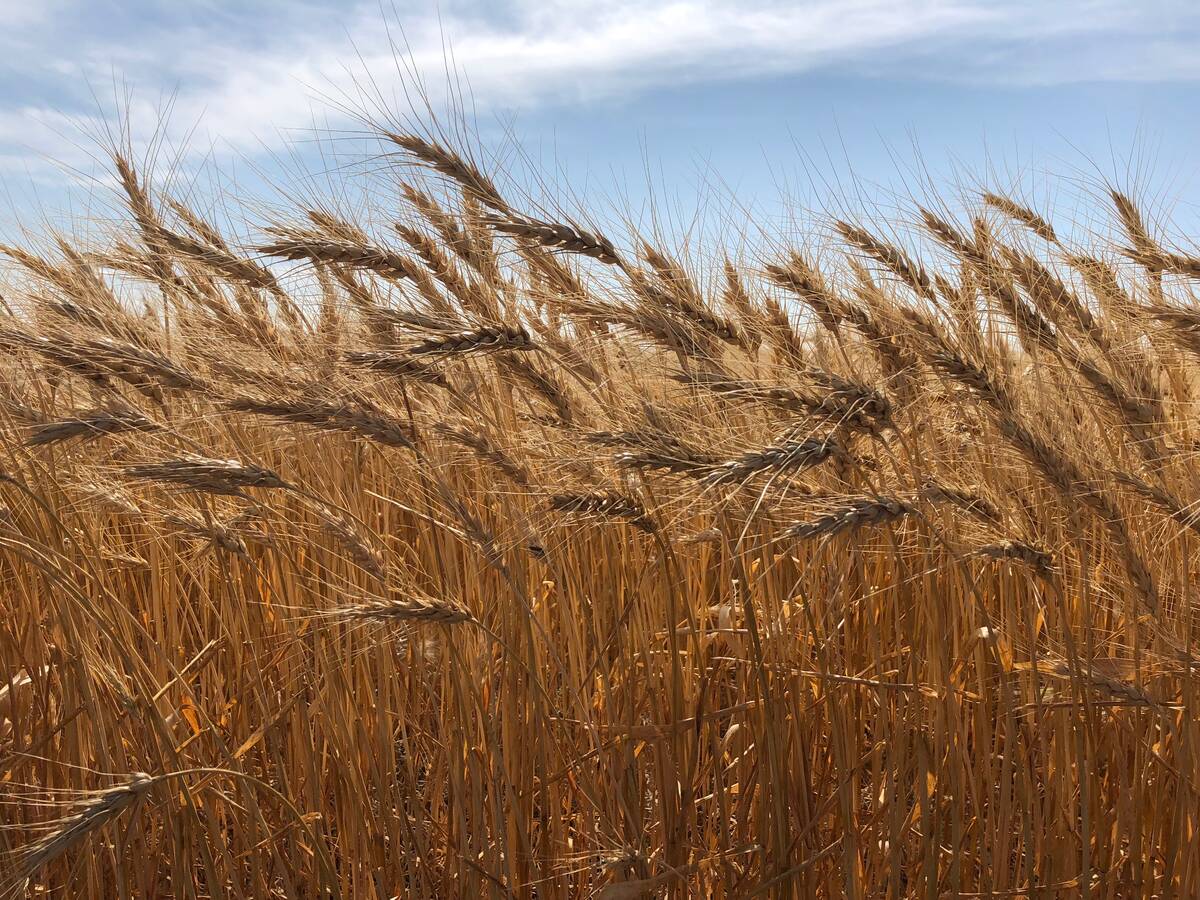
Urea stands tall, production-wise, against ‘alternative’ nitrogen fertilizers
A two-year Alberta project finds old-school granular urea is still the most effective nitrogen fertilizer source for spring wheat yield when compared to “alternative” forms of granular N, at least at the sites studied.
“A lot of things can change, the temperature or rainfall. So we change our algorithms depending on the external conditions and help plants get the nutrients they need when they need it.”
A group of these small robots working together can cover a large number of acres. The product tank in each unit holds 10 gallons (4.4 litres) of nitrogen. It sprays that out through hoses on each side directly onto the corn rows.
Electrically driven, the battery can keep a unit running for about six hours with a short 40-minute recharge time.
The system could also be used to apply herbicides, fungicide or any product the crop needs, according to Tian.
“It can basically cover 100 acres in five days,” she says of each individual robot. “So we do about a weekly application. It’s a very different model from how people are applying today. We don’t have to have a person inside (a tractor), we don’t have labour restrictions, so it does it as it needs to.”
The concept is reminiscent of the Xaver system shown by Agco several years ago at Agritechnica in Germany. However, Xaver was designed to plant crops rather than fertilize them.
Beethoven was developed by Upside Robotics, which is a young startup tech company based in Waterloo, Ont. 2024 was the first year the small robots were sent out into a field for trials. Next year, Tian says, the company hopes to have 25 to 50 of them out on farms conducting further paid trials.
“We had pay trials this year. We want to make sure we create a commercially viable product, something farmers really need.”
The company is still working on developing the recharge stations, which will allow each Beethoven to automatically return for a recharge and refill without operator input.
Tian says she’s heard from growers that they want to be able to reduce inputs and that was a key factor in developing the autonomous concept. Also, she believes it can have significant environmental benefits by allowing farmers to reduce their carbon footprint while still growing the best possible crops.
“We found there was a huge need by farmers in Ontario to reduce input costs, so we created a solution based on what they wanted.
“That’s at the core of Upside Robotics, that’s why we named it. We want to have an upside for the planet, an upside for the growers and of course for everybody that has invested in this company.”




